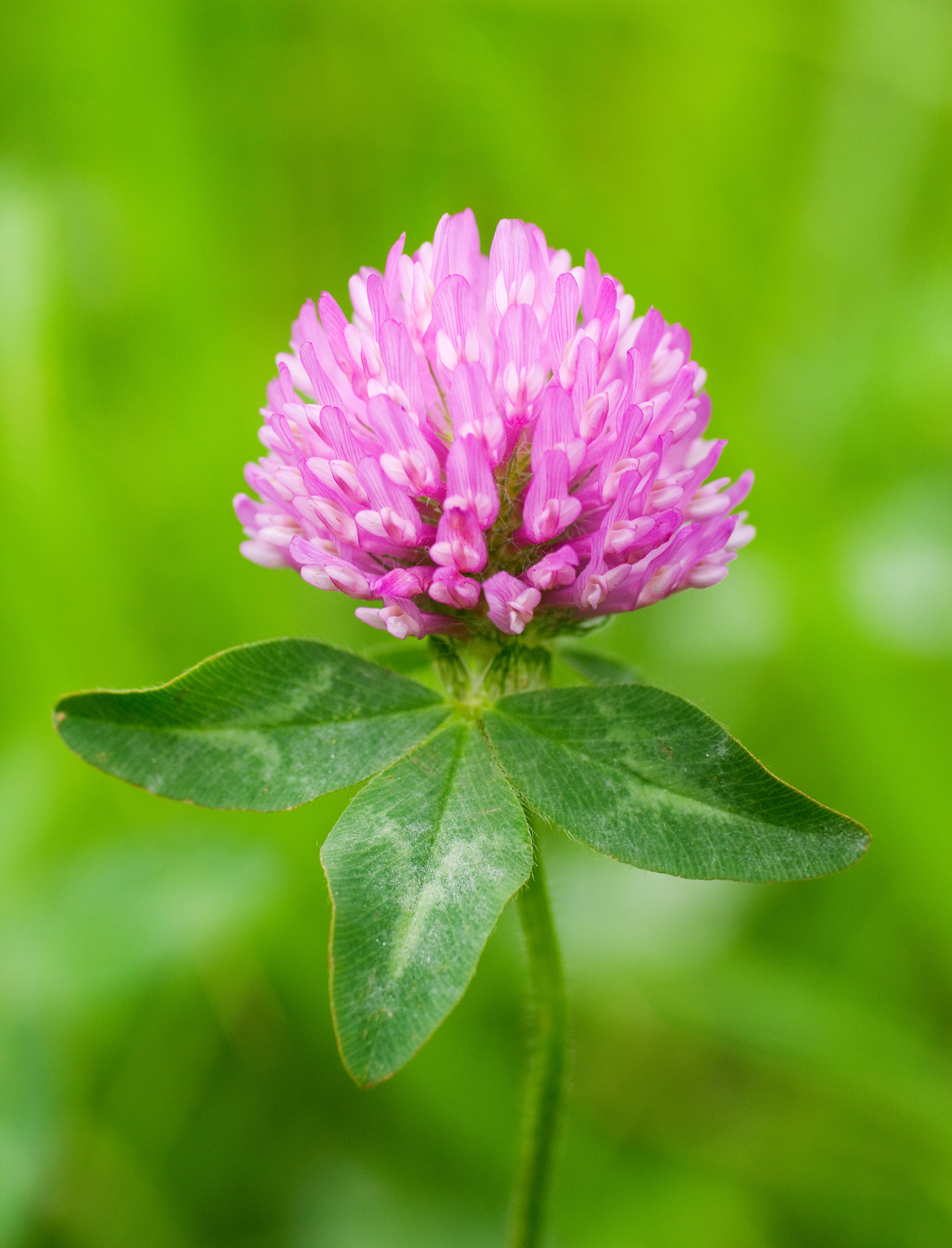I have seen all but one of the weeds listed in the blog post, and have snacked on them a few times. My personal favorite has to be purslane, both for its taste and nutritional value.
But the list doesn't stop with these 5. Both at home and in the garden, there are many other "weeds" which can be eaten:
1) Red Clover (Trifolium pratense)
 |
| Blossom of Trifolium pratense |
The blossoms of this clover can be eaten fresh, tossed in a salad, or made into a tea. The leaves can also be used in salads.
2) Broadleaf Plantain (Plantago major)
 |
| Plantago major shown with flowers |
The younger leaves of plantain can be eaten raw, and the older leaves can be picked and cooked like other tough greens such as kale or collard greens. The leaves are also high in calcium and vitamins A, C, and K.
3) Sorrel (Rumex acetosella)
.jpg/640px-Ahosuolahein%C3%A4_(Rumex_acetosella).jpg) |
| The maroon blooms of a a female Rumex acetosella |
Sorrel has a tart, lemony flavor which can add some zing to fresh salads. The older leaves can also be cooked down and used in stir-frys and omelets. The leaves are arrow head shaped, and can be commonly found in acidic soils.
4) Chickweed (Stellaria media)
| A small cluster of rapidly-spreading Stellaria media |
***WORDS OF CAUTION***
Please be sure to properly identify a plant before consumption.
Please be sure no pesticides or herbicides have been used in the area (wind causes drift).
Please be sure no pesticides or herbicides have been used in the area (wind causes drift).
Stephanie Stiglmeier
Community Garden Intern

No comments:
Post a Comment